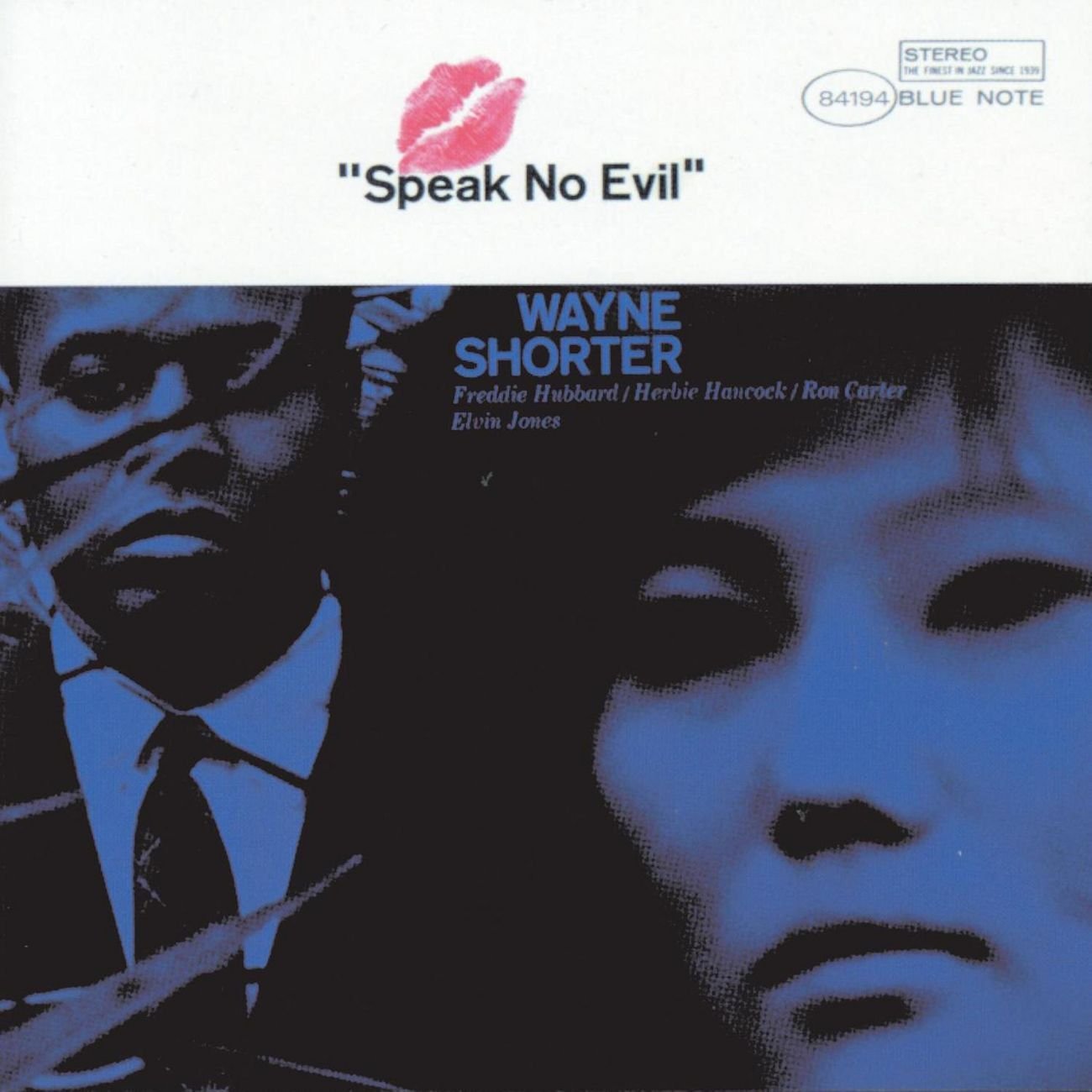I’ve always thought that a baby’s cuteness peaks at around 8-14 months old. It’s the age where they’re most likely to laugh like crazy, interact adorably with dogs, and bite people’s fingers. Cuteness is a daily occurrence for them.
Newborns, on the other hand, aren’t exactly cute. The newborn is a wriggly and wrinkly and raisin-like creature, but unless you’re one of his parents, you probably don’t find him very cute.
But what newborns lack in cuteness, they make up for by being completely fascinating.
Stare at a newborn for a while and you’ll be captivated by the weird noises, the sudden flailing limbs, and the ability to scroll through every single facial expression in under a minute. Toddlers are obsessed with routines and repetitive games, but with an infant, no two minutes are ever the same.
Smile frown sneeze. Kick punch hiccup. Squeak yawn yelp.
It’s as if their bodies are flipping through the instruction manual at random and trying out every movement and noise that they might need later in life. Completely fascinating. This fascination is probably what was going through Wayne Shorter’s mind when he wrote “Infant Eyes”, a composition for his daughter, who was an infant at the time.
What makes this a beautiful song:
1. The saxophone wanders around, occasionally leaping up to high notes, like the unpredictability of an infant’s vocalizations.
2. The chord changes are slow and slightly haphazard, like the random opening and closing of an infant’s hands.
3. At 4:27, the piano starts a set of rapid arpeggios, like the sudden and brief occasions when a newborn opens his eyes, to take a quick look around and the weird new world he’s stumbled into.
Recommended listening activity:
Rediscovering the patterns on your ceiling.
